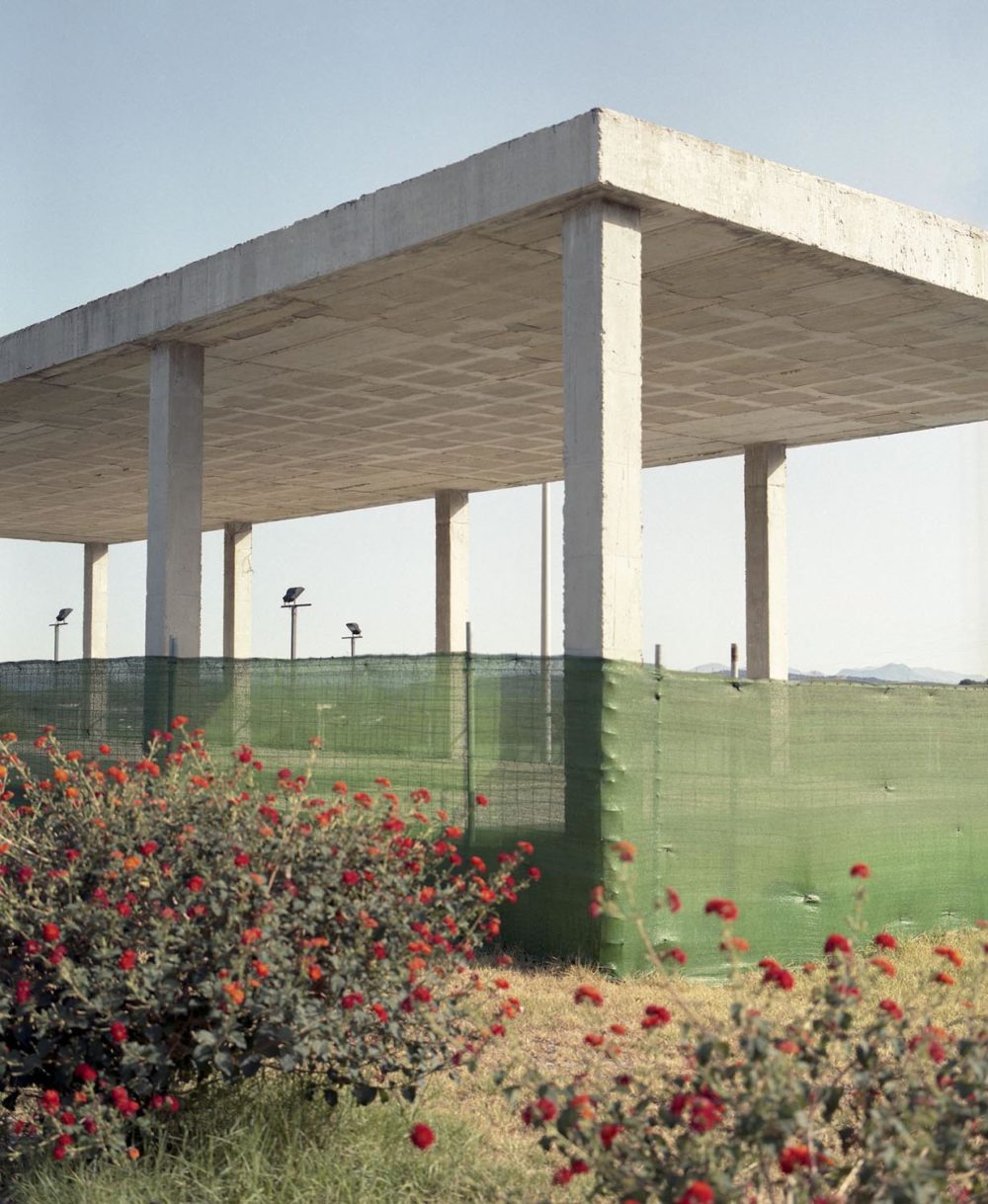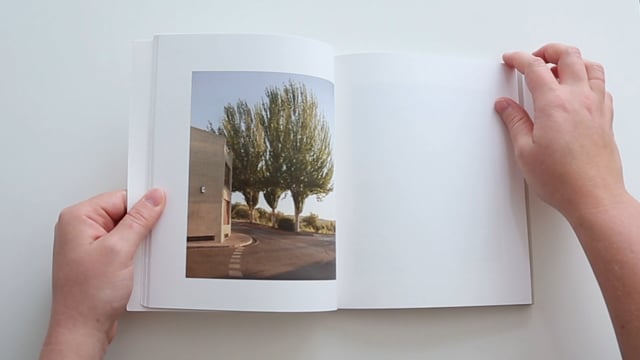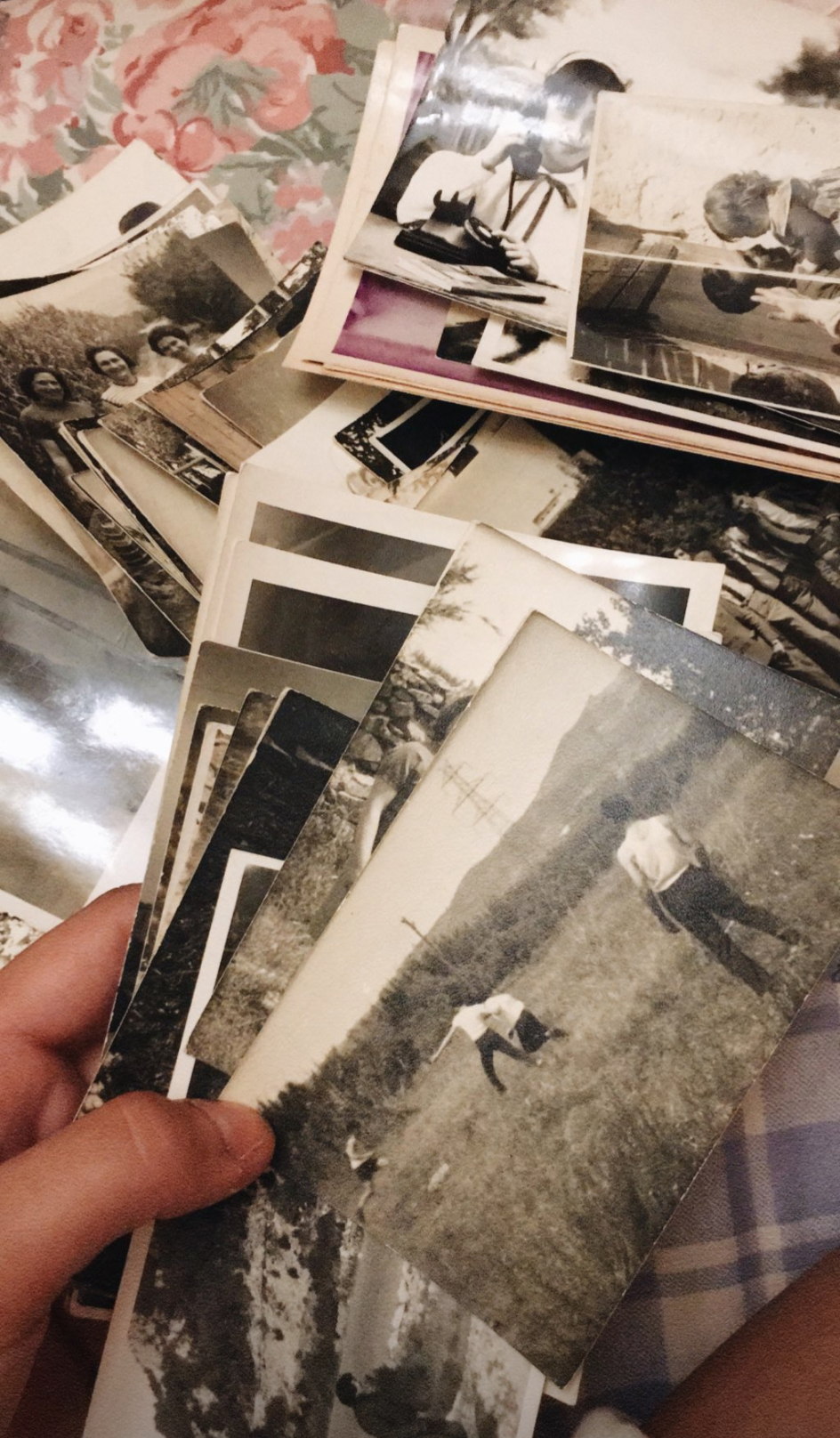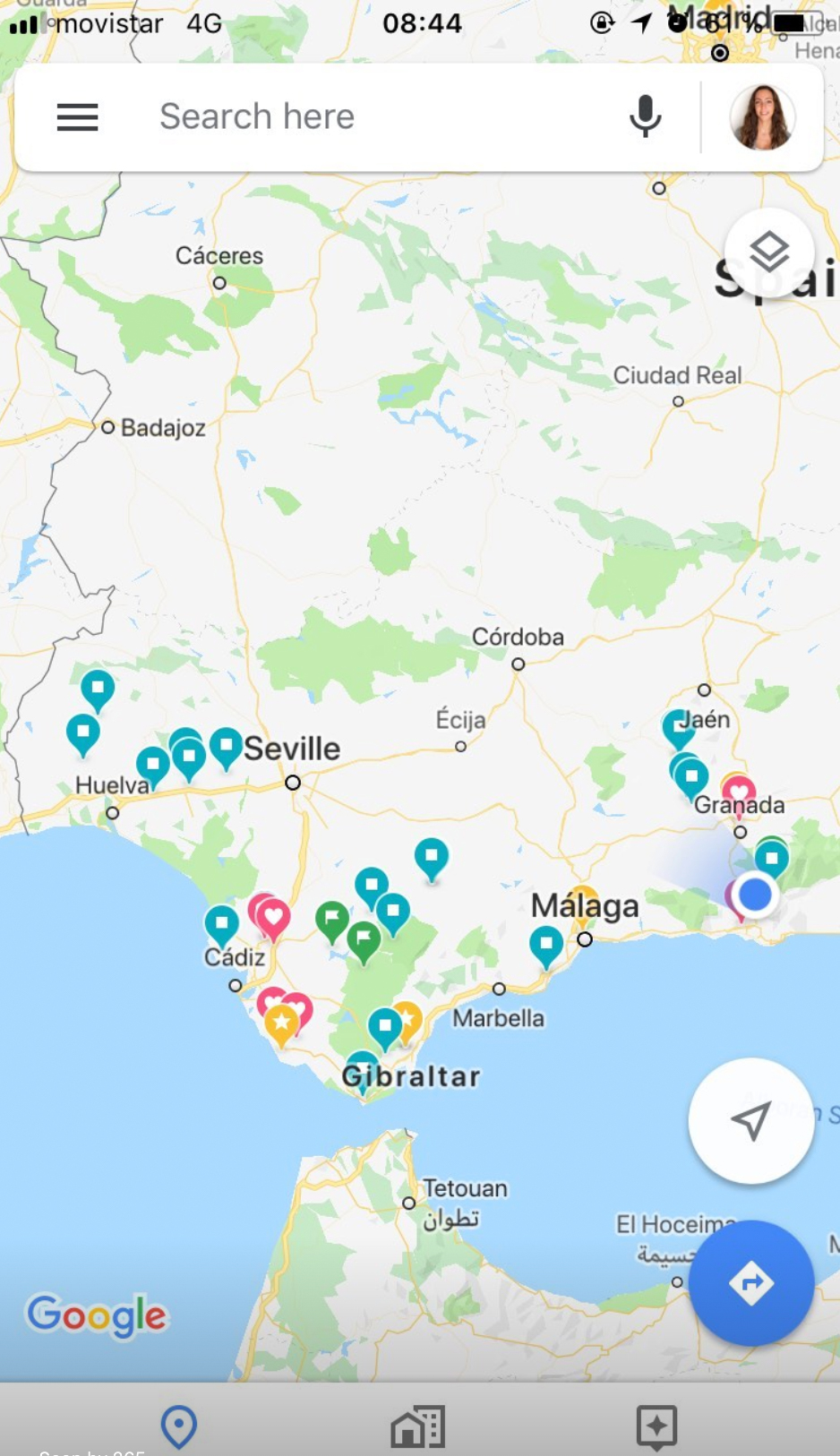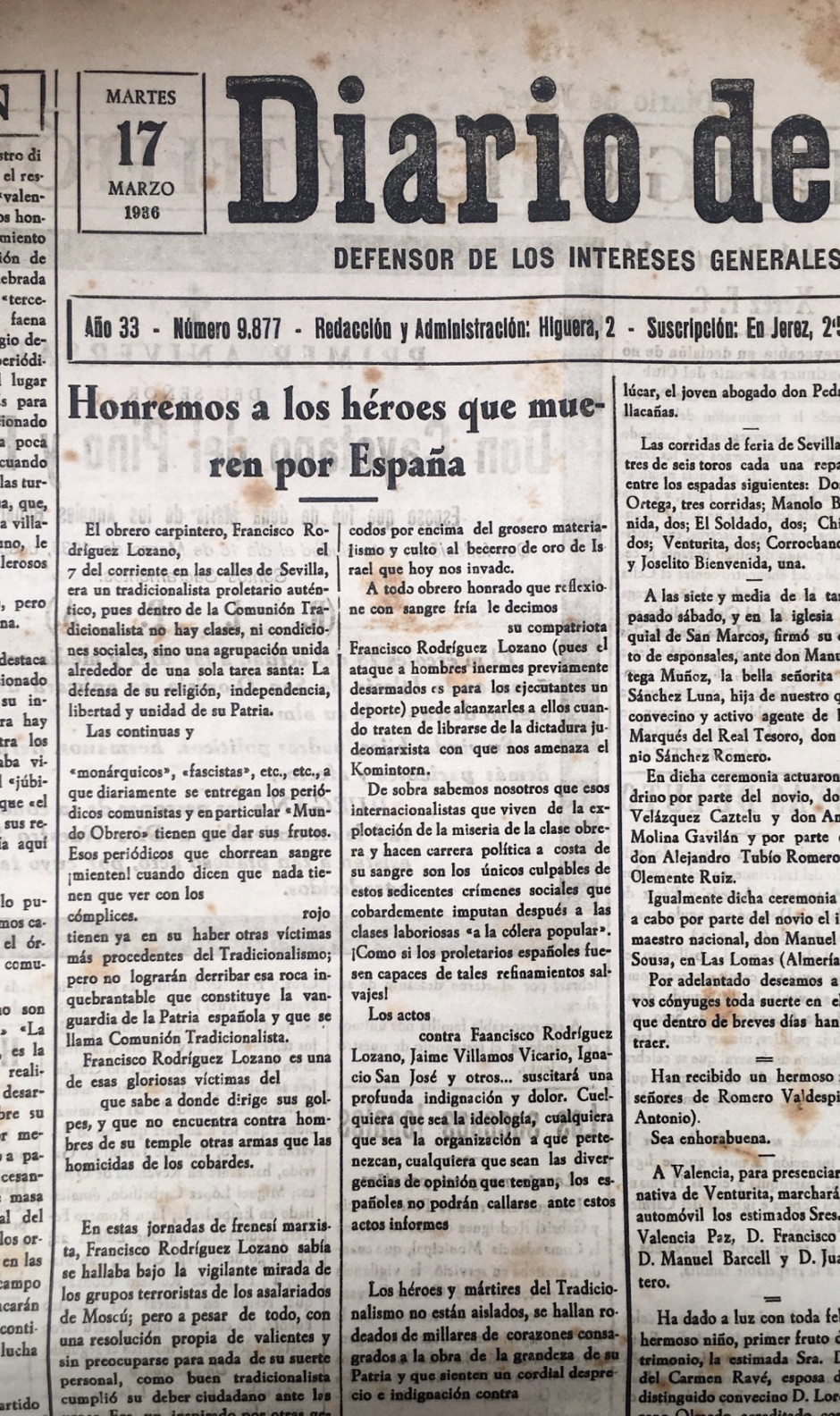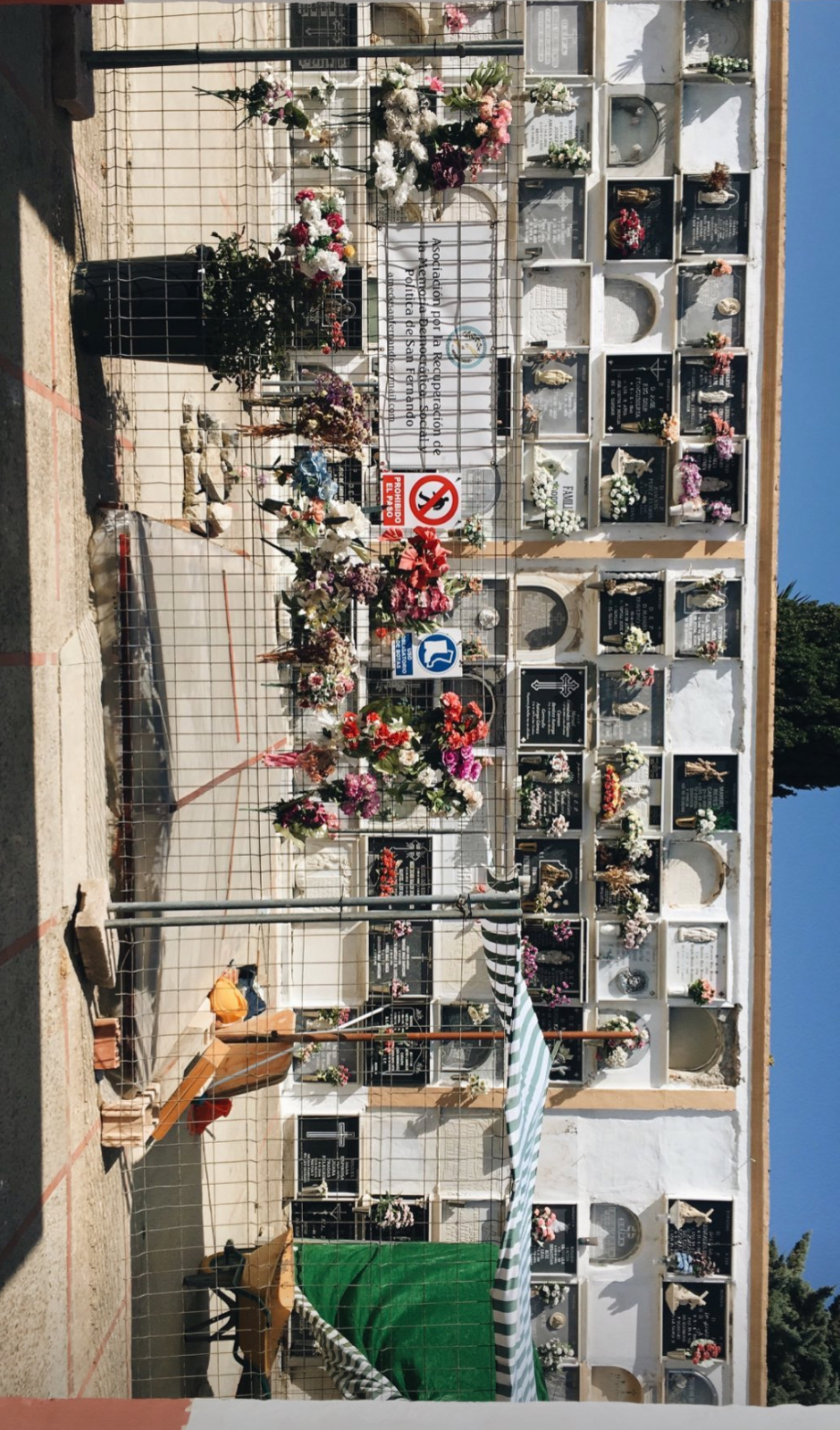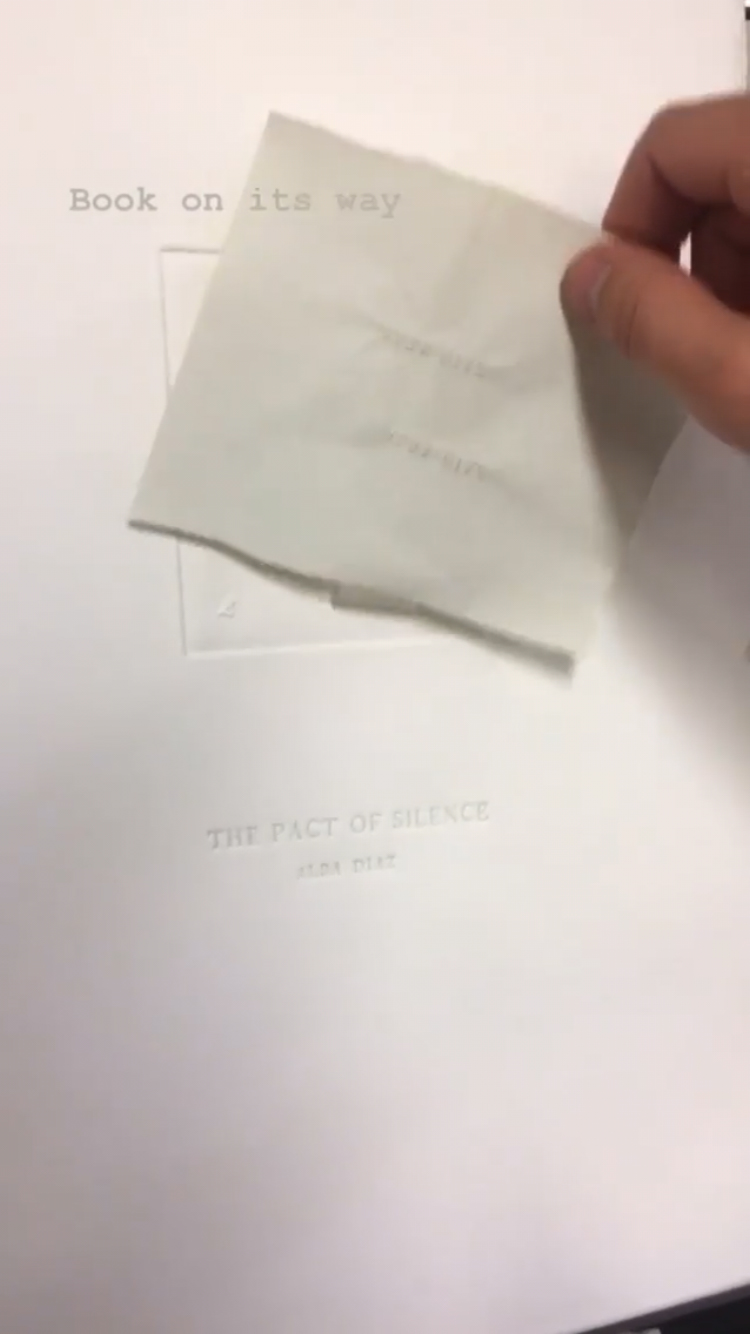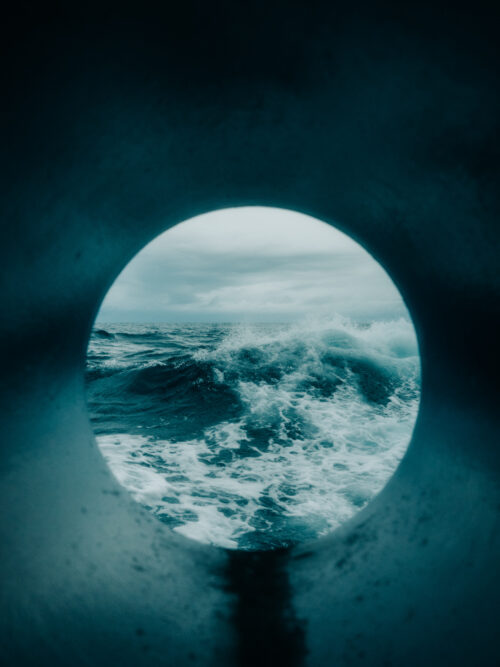Fotoserien
Alba Diaz The Pact of Silence
Während des Spanischen Bürgerkriegs (1936–1939) und der sich anschließenden Franco-Diktatur wurden Hunderttausende Menschen hingerichtet und in anonymen Gräbern in ganz Spanien verscharrt. Auch José Montes de Oca, der Urgroßvater der Fotografin, gehörte zu den Opfern, sein Leichnam wurde nie gefunden. Zwei Jahre nach dem Tod Francisco Francos im Jahr 1975 wurde ein Amnestiegesetz mit dem Ziel verabschiedet, das gespaltene Land zu versöhnen. Es sicherte allen Täter*innen Straffreiheit zu und ist noch heute in Kraft. Das Gesetz wurde als „Pakt des Schweigens“ bekannt, der die Verbrechen des Regimes in Vergessenheit geraten lassen sollte. Die Bilderserie „Pact of Silence“ zeigt Orte des kollektiven Vergessens und soll so ein Bewusstsein schaffen für die Existenz der anonymen Gemeinschaftsgräber, von denen sich viele direkt unter Wohnhäusern, Schulen, Parkplätzen oder Straßen befinden – wo möglicherweise auch José Montes de Oca begraben ist.
- Familie
- Faschismus
- Gewalt
- Personal Story
- Spanien
- Spuren
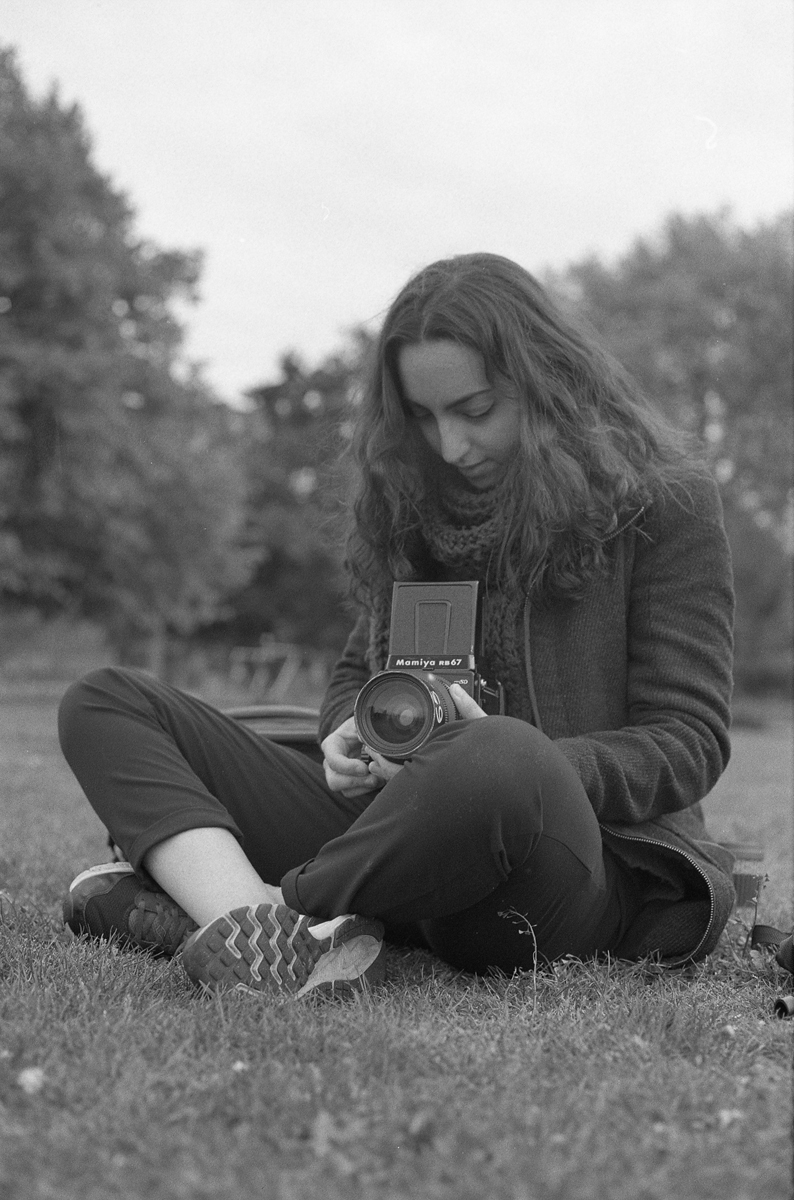
*1996 in Spanien
Alba Diaz schloss ihr Studium des Fotojournalismus und der Dokumentarfotografie am London College of Communication mit Auszeichnung ab. Ihre Arbeiten behandeln soziale, politische sowie persönliche Themen und verfolgen dabei einen konzeptuellen Ansatz. Vor allem interessiert sich Diaz dafür, die Grenzen der Fotografie zu testen und Fotografien als Beweismittel zu hinterfragen. Ihre Arbeiten wurden in Barcelona, London und New York ausgestellt.










